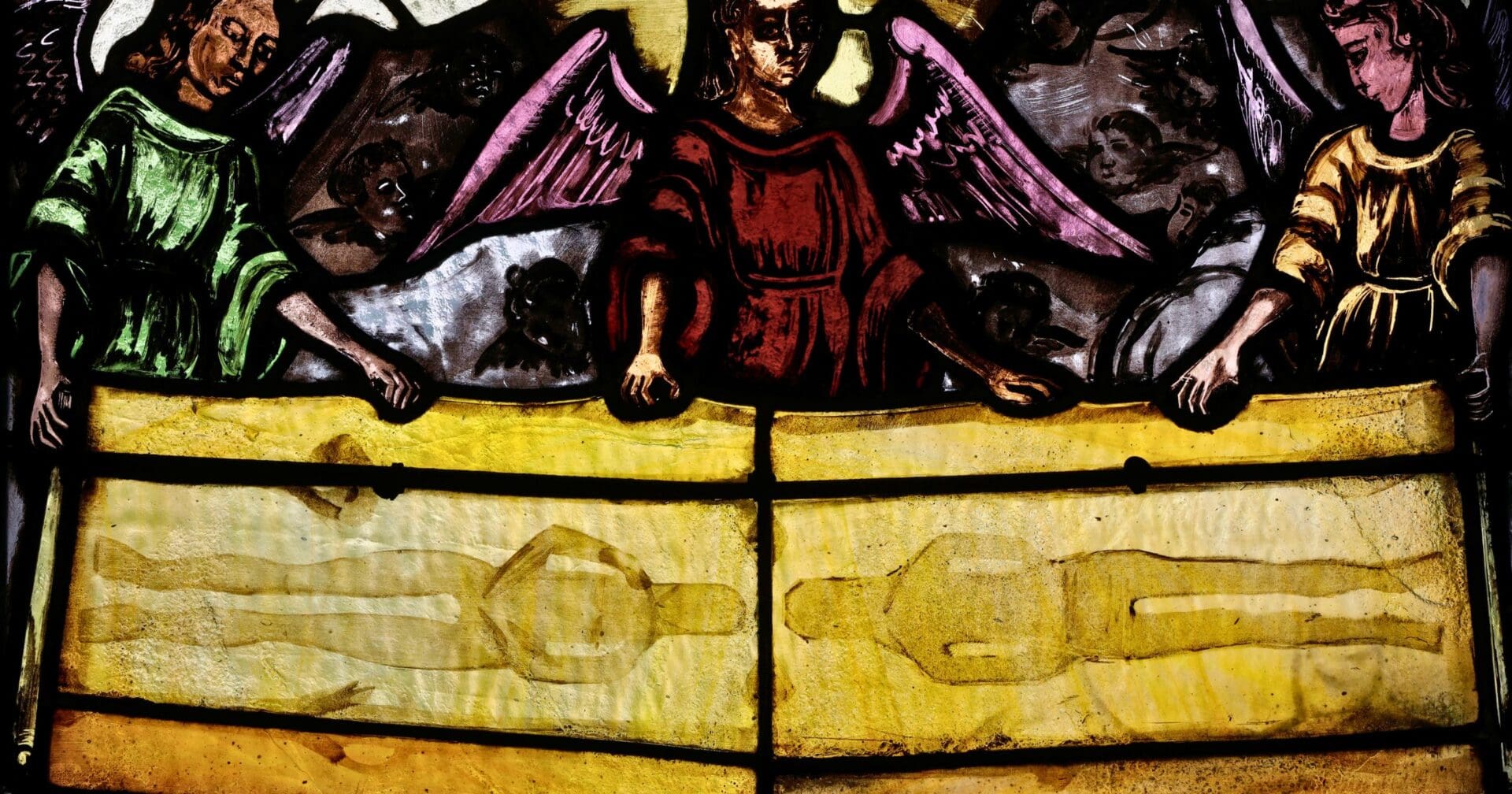Recent research led by Italian scientists from the Institute of Crystallography of the National Research Council has lended insight on the authenticity of the Shroud of Turin.
The Shroud of Turin, housed in the Cathedral of St. John the Baptist in Turin since 1578, has been the subject of intense scrutiny since it was first exhibited in the 1350s. The linen bears a faint image of a bearded man, with markings that correspond to the crucifixion wounds described in the Bible.
Using Wide-Angle X-ray Scattering (WAXS) technology, the team claims to have found evidence that the linen cloth dates back to the time of Jesus Christ. This contradicts earlier carbon dating studies from the 1980s, which dated the shroud to the Middle Ages.
Dr. Liberato De Caro, the lead researcher, said that their method of analyzing the natural aging of flax cellulose is more reliable than the previous carbon dating method, which he argues might have been flawed due to contamination.
According to Dr. De Caro, the Shroud is “fully compatible with analogous measurements obtained on a linen sample whose dating, according to historical records, is 55 – 74AD.”
The study also found that the shroud’s cellulose breakdown closely matches other linens found in Israel, further supporting the hypothesis that it is indeed the burial cloth of Jesus.
Despite these findings, the debate over the shroud’s authenticity is expected to continue, with Dr. De Caro calling for “investigation of more samples” to further confirm their findings.
Editorial credit: godongphoto / Shutterstock.com














